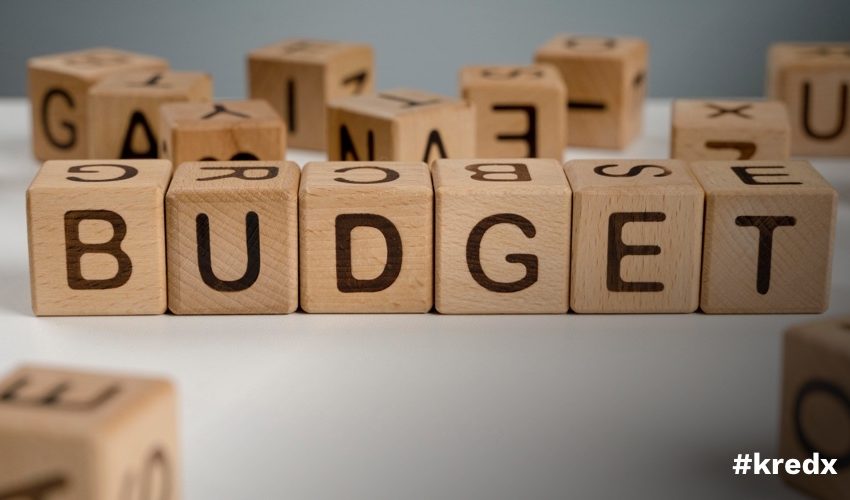
What Are Your Thoughts On Budget 2021-22?
The circumstances that surround the release of the Union Budget 2021-22 this year can be described as a mixture of apprehension and optimism. The pandemic outbreak, followed by nationwide lock down shook the financial market like never before.
This time, the circumstances under which the Finance Minister will roll out the Union Budget 2021-22 will be exceptional and always remembered. The Budget 2021-22 will be created with the backdrop of a significant recession having -23.9% and -7.5% growths in the first and second quarter of FY-2020, respectively. This time the country will witness a budget that reflects a negative growth, which has only happened four times in the Indian history (1958-59, 1966-67, 1973-74 and 1980-81).
Two years back, the economy grew only 4.2%, making people brood over the thought of having enough jobs available for the market demands or not. For the big year following the pandemic, taxpayers would indeed look up for several considerations, tax reductions, subsidies, and other perks to cope with the pandemic’s impact. Whereas, the MSME sector, comprising almost 65 million enterprises, would expect easier access to capital, lenient policy, and other hosts of measures to help curb the economic impact triggered by the pandemic.
India’s GST collections have indeed bounced back in December with Rs 1.15 lakh crores, making it the highest since the tax implementation in July 2017. At Rs 42 lakh crores in January, the foreign exchange reserves are at its highest but still not out of a crisis. As per CMIE (Centre for Monitoring Indian Economy), unemployment has surged to 8.84% in the urban areas in December, while rural unemployment is at 9.15%. Moreover, the demands for jobs remain high under MNREGA (the Mahatma Gandhi National Rural Employment Guarantee Act) in the post-covid situation.
Budget 2021-22: Business Expectations
Before Budget 2021-22 is rolled out, let us take a look at the recent government initiatives that have increased the purchase rates from MSMEs after the lockdown was lifted. The introduction of an emergency credit line for sectors with Rs 3 lakh crore in total and Rs 50,000 crore FOF (Funds of funds) for added equity infusion has helped increase efficiency. Besides, for domestic procurement promotion, the government has dismissed the global tenders for acquirements valued up to Rs 200 crore.
With a significant decline in production and sales, businesses are miles away from normalcy. Even after the moratorium benefits on payment interests, several MSMEs are struggling to fulfil their payments. Businesses have additionally experienced added scrutiny for lending, after the new rule of marking NPAs as a special mention has been in action, in case of a delayed payment of 30 days into a loan account.
There are hopes that Budget 2021-22 will bring flexibility concerning banks for loan sanctioning. Moreover, MSMEs require a special place in the Insolvency and Bankruptcy Code and expect relaxation in the Foreign Exchange Management Act. Tax-free exports for MSMEs can increase the export growth trajectory and partially manage the extra logistics expenditure. Issues related to the cost of land, capital, and labour needs to be addressed by extending support to a value-chain production. Nonetheless, an extension in the credit guarantee scheme for MSMEs for at least 12 months can help get hassle-free credit from NBFCs.
Budget 2021-22: Investor Expectations
While the economic recovery is an essential pillar of the Budget, the capital inflow will be the driving force, which allows the government to focus on financial support that can help in the recovery.
In Budget 2021-22, the government may consider lowering the tax rate benefit rates from 17.16% with main priorities on bringing in investments for the infrastructure sector. There also needs to be an extension in the sunset period for commencing a business from 2 years to lure more and more long-term projects. The recent announcement of PLI (production-linked incentives) scheme that covers 10 sectors can turn out to be a profitable investment for MNEs (Multinational Enterprises). Besides, with the MNEs relocating their operations, the export incentives can attract them to plan their hubs in India for global operations.
Furthermore, generous funding towards APEDA (Agricultural and Processed Food Products Export Development Authority) that works for the export promotion and growth of the scheduled products can drag more investment opportunities.
For the existing investors struggling in the post-pandemic market, Union Budget 2021-22 can offer tax support such as IT/GST refunds as per the taxpayer’s choice and relaxation in tax credit provisions under GST. These steps can make a smooth recovery for the taxpayers and bring a bright future for the country’s business expansion.
Bottomline:
Even though the revenue collapse has given rise to a much higher deficit, it would not be the right time to cut expenditure, especially when both private consumption and investment are going thin. Instead of walking on eggshells and handling the situation with unnecessary prudence, we can expect the Union Government to provide the required sandbox to the local enterprises to show creativity and grow. Expect the market to be investor-friendly as the fiscal policies will expectedly lean towards recovery. Hopes of the entire country are tagging along to the thought that it will recover the pandemic-induced recession that brought days of lockdown and major financial dents.



